You Can Sit With Us
—
Is there any better sentence in the English language for a new student walking into the cafeteria for the first time? I was in sixth grade, new to the area, and I knew no one except for a couple of kids in my neighborhood. Classes aren’t hard for a new kid; there are enough desks for every student and the teacher will make sure you have a seat. But the cafeteria is something else: more like Lord of the Flies with bad pizza. Tables are filled with junior versions of the Breakfast Club: jocks, cheerleaders, popular kids, and more. So it means the world when a few kids call out from a table to say, “you can sit with us.” It means that you are seen, that you’re welcomed. And by the end of the lunch period you might just be on your way to making friends.
For someone visiting, or thinking of visiting, a new church, the experience can feel very similar. You can look up the service times online, and maybe read something about what they believe while glancing at photos to see if any of these people look like they could be your people. But you still have to contemplate walking through a door and sitting in a room full of strangers, where you hope someone will say hello and that you’ll recognize some of the songs. COVID helped visitors by allowing them to virtually attend different services, but that didn’t offer the intimacy of a church service at its best.
My family came to FBCD in 2010 after going through a painful church implosion. We were wounded, hypervigilant for red flags, and yet hopeful that we could find a new church home. We found a group of people who welcomed us and invited us to sit with them. They loved us and our children, and over the years they have walked with us through every imaginable life event, both joyous and awful. We have received and offered care across generational, racial, and economic lines. This church community is our family.
Recently I read an article by church historian Diana Butler Bass about a growing number of people that are leaving churches where they no longer feel at home and visiting other churches, sometimes in other traditions, in the hope of finding a new home where they can belong. And something about that article felt very familiar.
Over the years I have noticed something like this happening at First Baptist. I don’t even know if it happens on purpose, but our church seems to operate as a kind of triage unit for people wounded by other churches. I have met so many people here who either are looking at our church as a last resort before giving up on church altogether or are visiting their first church in many years after experiencing some form of church trauma.
Something about our church feels safe and welcoming to people who have been wounded by churches. I’m sure that the presence of women in leadership helps, and I am proud that of how we welcome and affirm LGBTQIA visitors and members. But I’m convinced that a major reason that people feel safe and welcome is our people. In both of our worship services and across our small groups, choir and Fresh Start band, and in our children’s and youth ministries, our church is filled with people who are ready with a greeting, a hug, or a conversation. People who are ready to look up from their table and say, “you can sit with us.”
Keith Pierce

